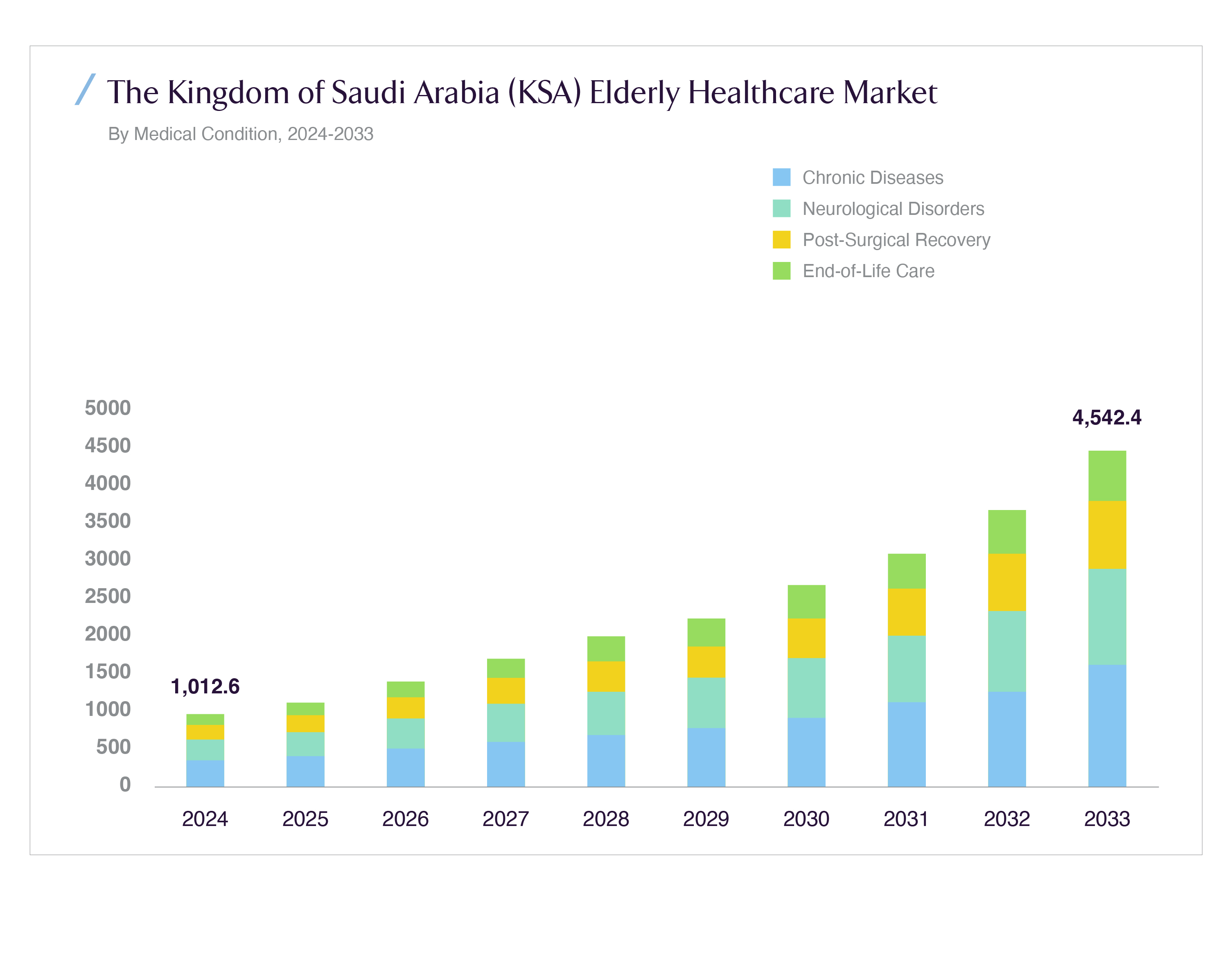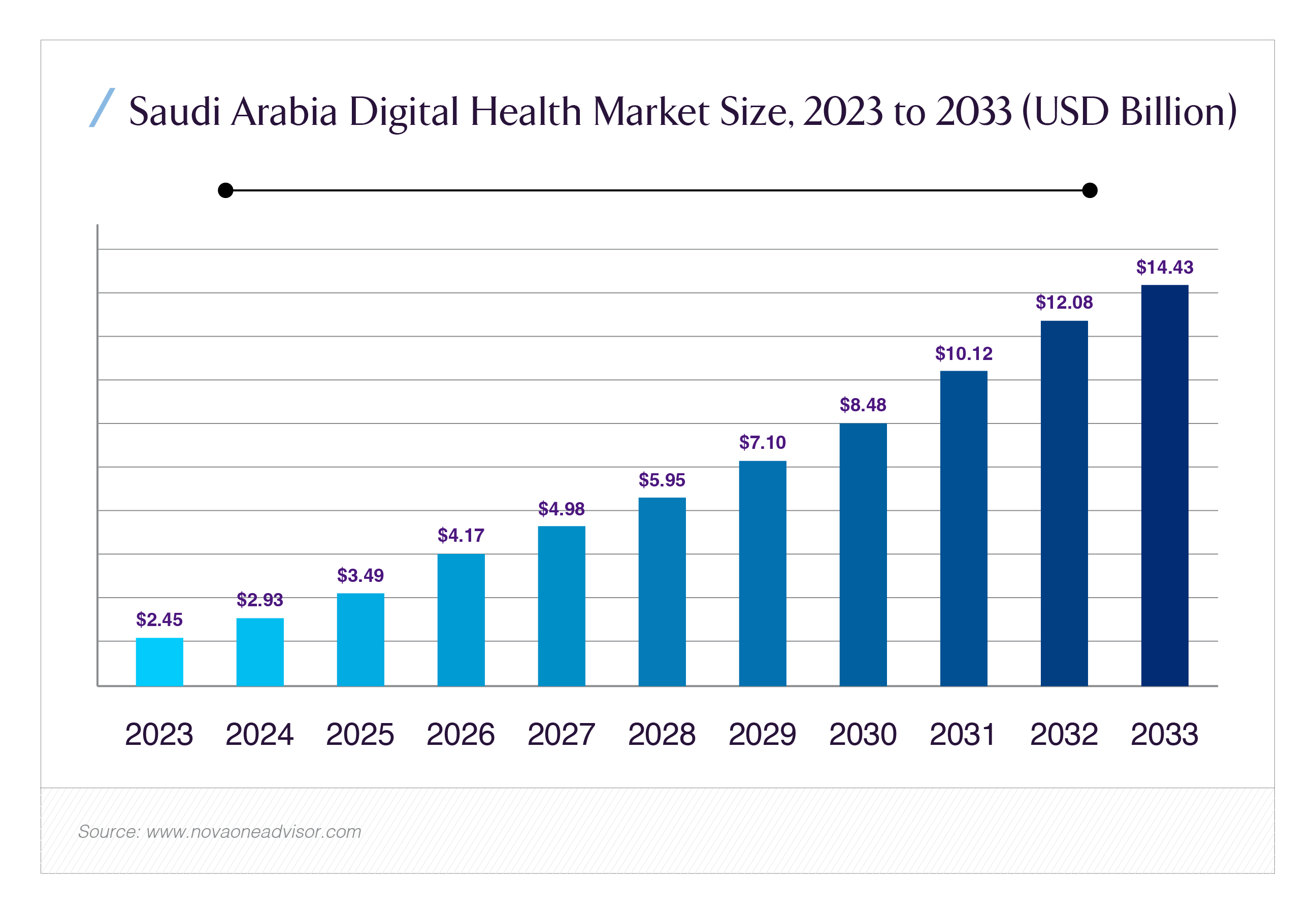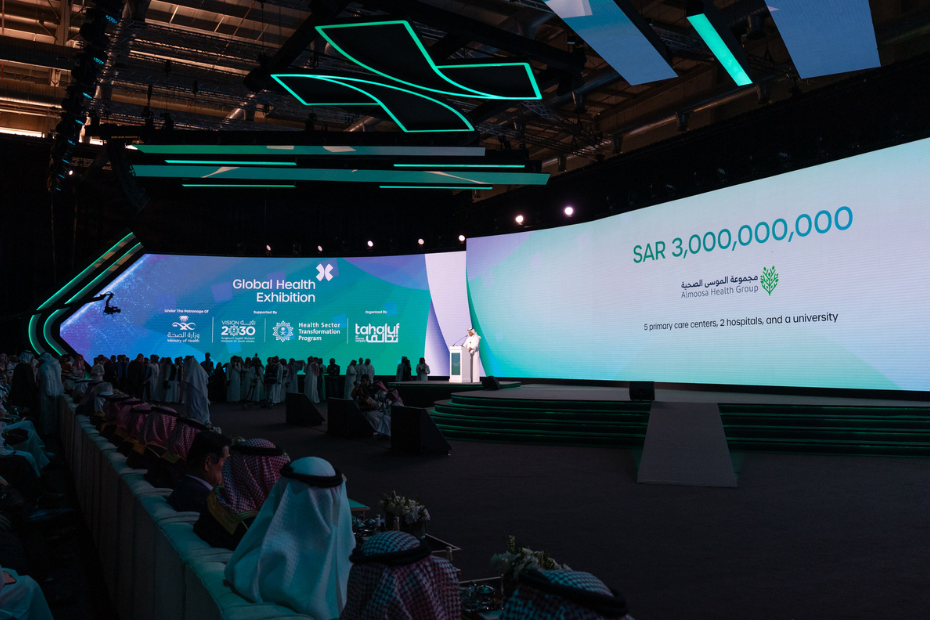The Riyadh Healthcare Deal
The Global Health Exhibition in Riyadh in July 2025 marked the history of Saudi healthcare with more than SAR 50 billion (about USD 13.3 billion) of investment intentions. Government agencies signed the deals with private companies in four areas, namely, the local manufacturing of drugs, AI diagnostics, hospital public-private partnerships (PPPs), and digital healthcare systems. Health officials said the exhibition is a milestone in revolutionizing the healthcare sector in Saudi in accordance with Vision 2030.
It was not an imitation of the former success. More than SAR 50 billion worth of contracts were also registered on day one of the 2024 exhibition, including a SAR 4 billion pharma project, SAR 5 billion of hospital expansions, and a huge acquisition involving nearly 750 new beds. It is huge: 2024 exceeded 105,000 visitors representing 80 countries, 1,500 exhibitors, hundreds of speakers, and dozens of innovation and investment forums. The 2025 version, which was held under the slogan of Invest in Health, was aimed at speeding up the change by concentrating on the practical project commitments instead of the theatrics.

Boosting Local Drug Production
One of the highlights of this year's exhibition was pharmaceutical localization. The Saudi health authorities signed contracts with foreign firms such as Sanofi and Novo Nordisk, and the state-owned company NUPCO, to produce various kinds of insulin within the country. Technology transfer, fill/ finish and supply chain integration are the three strategies structurally. This is relevant since diabetes is rampant in Saudi Arabia and insulin is an essential, life-long medication. Easy availability of insulin enhances drug security, less reliance on imports and lowers the long-term expenses.
Insulin was mere start. Wider deals were aimed at onshoring oncology drugs, cardiovascular drugs and some vaccines. According to analysts, the Saudi pharmaceutical market is already worth more than USD 10 billion with a significant portion continuing to be imported. The Kingdom will be able to access the emerging regional markets and develop industrial capacity and employment in manufacturing drugs, by localizing high-demand, high-value drugs. This push is also in line with the larger national ambitions of having more of the private sector involvement in health infrastructure and capacity building.

PPPs as Scaling Method
The second pillar of investment was the growth of hospital infrastructure through public-private partnership. A number of new multi-specialty hospitals were planned in Riyadh, Jeddah, and the Eastern Province on long-term concession basis. These will be special facilities in high demand areas like oncology, cardiology and transplantation. There was also an announcement that networks of clinics will be created to increase access to primary care and decrease the pressure on emergency departments.
This is essential since the current hospital bed density in Saudi is about 2.3 per 1,000 as compared to a global average of about 3.5 to 4 per 1,000. Vision 2030 aims at increasing the number of beds to 4 per 1000 and this means that by the end of the decade, about 84,000-100,000 new beds will have been added. The PPPs presented during the exhibition may add several thousand of such projects, including phased expansions, high-tech diagnostics and specialty centers.
In addition, infrastructure was not confined to bricks and mortar: new hospitals are under construction with fully digital systems in mind-electronic medical records, e-prescribing, closed-loop medication tracking, RFID-enabled supply chains, smart imaging suites and high-throughput labs. Quality metrics, like waiting time limits, stroke bundle timelines, readmission rates, and patient- reported outcomes, are added to PPP contracts to make sure that investment pays off with measurable improvements in care.
Digital Healthcare Transformation
The Exhibition focused a great deal of attention on digital health and AI. One of the best examples was the Seha Virtual Hospital, commonly referred to as the largest virtual care provider in the world, with more than 200 hospitals connected to specialist consults. Among the new deals, the introduction of AI-based diagnosis in radiology, pathology, and chronic disease monitoring is involved. It is assumed that AI tools will make the interpretation of imaging much faster, prioritize urgent cases, and help in clinical decision-making to shorten the diagnosis time by 30 percent.
Primary care is being combined with telemedicine. Patients will be able to receive cloud-based medical records, distant chronic condition care, virtual follow-ups. The national digital health market, which is small now, is expected to grow to exceed USD 4 billion by 2030 as such systems are deployed across the country. The trend towards continuous and preventive care is the possibility to integrate AI-assisted procedures, increased availability in rural locations, and predictive analytics to avoid illness.
Expanding Healthcare Industry
To accommodate the new hospitals and technologies, Saudi is expanding its health workforce. The current exhibition featured contracts with universities, training centers, and simulation centers to increase the education of the medical, nursing, and allied health professionals.
At present, Saudi employs approximately 500,000 healthcare professionals, of which the expatriates constitute a large number. Vision 2030 plans to raise the portion of Saudi professionals in key professions, including specialized fields, to 50 percent or more in five years, up to the current 35 percent. Some of the targets include new residency seats, increased nursing programs that will have critical care tracks, overseas training programs, and simulation labs that will focus on critical care and surgical preparedness.
Examples of investments on the supply chain side are cold-storage logistics, automated warehouses, and RFID or barcode-based digital ordering systems. The consumption data will be incorporated in systems to reduce wastages and attain stability in supply. The contractual uptime of equipment will be 9599% and downtime will be penalized, as it is appreciated that diagnostic delays compromise the performance targets in PPP contracts.
The healthcare demand in Saudi is exploding. The population is rapidly increasing and aging: the population in Saudi is projected to be more than 40 million in 2030, with the age group of 45+ doubling or more. This will drive the demand of chronic disease management, oncology, cardiology and rehabilitation services on the upside.
Over the past 10 years, insurance coverage has increased in the country by a few million to over 12 million insured citizens and out-of-pocket expenditure has declined. The health insurance market has already reached tens of billions of riyals a year and is likely to increase further since it will be mandatory in employment packages.
The compounding impact of increased insurance coverage, hospital capacity, online access, and drug localization is the precondition of increased system efficiency and lower patient cost through prevention, early detection, and care in a local setting.
National Infrastructure
All these will necessitate a strong digital infrastructure. Saudi is putting a lot of money into data centres, cloud regions and network bandwidth to enable AI diagnostics, telemedicine and electronic records. The biggest imaging files should be handled safely by such systems and provide tele-ICU streams as well as comply with regulatory data protection requirements.
Cybersecurity is also ramping up-24/7 monitoring, employee training, partitioned networks, phishing protection, and incident response systems are being implemented. Infrastructure investments are also necessary in order to sustain patient privacy, uptime and cyber attack protection.
The Implications
The effects are obvious to the patients: they will get care quicker, AI-assisted diagnosis, safer local availability of drugs (such as insulin), clinics and hospitals that are closer to home, and health insurance that will limit out-of-pocket expenses.
New buildings, digitalisation, and the training pipeline are positive resources, processes, and the retention or recruiting of people to the providers. Digital systems enhance efficiency of work, lessen clerical errors and enhance clinical productivity.
The investors were presented with a systematic pipeline, which involved local pharma manufacturing, hospital PPPs, healthcare IT, logistics and workforce development, and were connected to the economic, social, and health goals of Vision 2030. They are not isolated initiatives but they form part of an integrated system that has good government support and performance chains that can be measured.

Conclusion
Global Health Exhibition 2025 has turned out not an exhibition, but a launch pad. Saudi is modernizing its economy and its social fabric with more than SAR 50 billion invested in healthcare. The most important pillars, local drug production, AI diagnostics, hospitals, workforce, and digital infrastructure are coming together to become an actionable healthcare strategy. Provided execution remains on course, visible progress in the areas of access, quality, efficiency, and resilience is likely over the next few years, signaling not only the arrival of a healthcare market of scale but also a leader in regional innovation and medical self-sufficiency in Saudi.


















